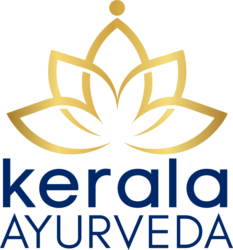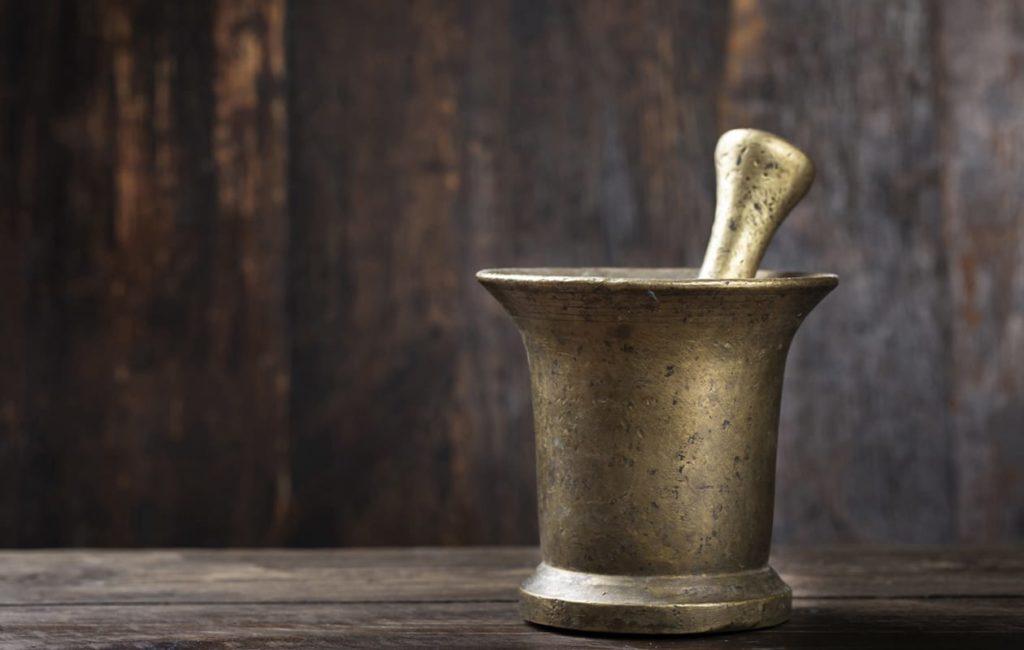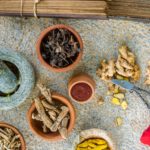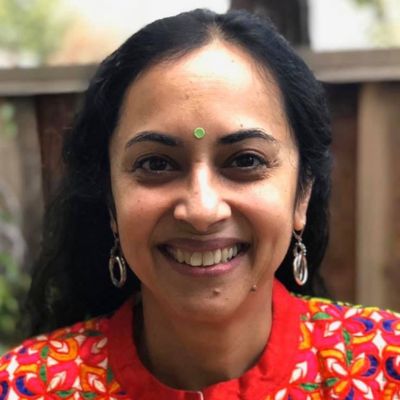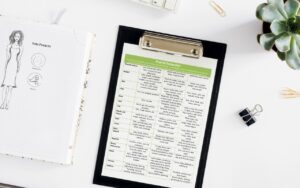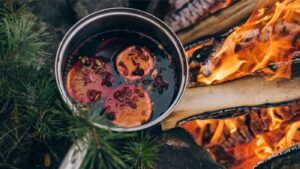Kerala Ayurveda Academy offers two types of programs devoted to the important topic of herbal formulations. In this article, we explore what makes these programs unique and what you need to know when planning your path of study.
Straight from our Academy Director
Ayurveda is an ocean with thousands of Ayurvedic formulations and individualized protocols for disease management. The knowledge of herbal formulations is a key component in the success and confidence of any Ayurvedic professional. In fact, according to the root text, Ashtanga Hridayam, 25% of the efficacy of clinical success in a treatment plan depends upon the choice of herbs and formulations.
Importance of continuing education in formulations
From prevention, palliation, cleansing to disease management, knowledge of herbal formulations is essential for clinical practice. It is mandatory for the practical application of all branches of Ayurveda. According to Ayurveda, there are four quadrants for effective health management (Padachatushtaya) of which the Ayurvedic professional is the most important, the Dravya or herbal formulations used is the second, followed by the assistant and the Rogi (client). No Ayurvedic professional at any level starts their journey having learned about all possible herbs and formulations – there are too many. The study of different formats of formulations, their preparation, indications, ingredients, dosage, adjuvants and contraindications is all a vital part of the professional learning journey to become an empowered and successful healer.
Continuing education in formulations
To support this continued education, Kerala Ayurveda Academy offers two short programs:
Ayurvedic Formulation Making
Offered yearly
Vedic Formulations: Clinical Applications
On demand
What’s the difference between the two?
If you’re wondering what are these programs are all about and how to select which program is suitable for you, here’s a breakdown.
Duration and learning objectives
The Ayurvedic Formulation Making class is a three day workshop that is currently all-online. Ordinarily, the program would be live streamed with the option of attending it in-class (when allowed). It is a hands-on training with demonstration in making formulations with mentored guidance, also covering general principles of Ayurvedic herbology and pharmaceuticals, different formats and recipes. It forms a vital foundation in Ayurvedic practice.
The Vedic Formulations series is an online series comprising 12 two-hour online evening classes, every other Monday, spread over six months. It delves into the clinical study of various commonly used classical formulations; chanting their essence from root texts with a Master Vaidya, learning ingredients, preparation methodologies, dosages, indications and contraindications, adjuvants and examples of where they are found effective.
Practical application
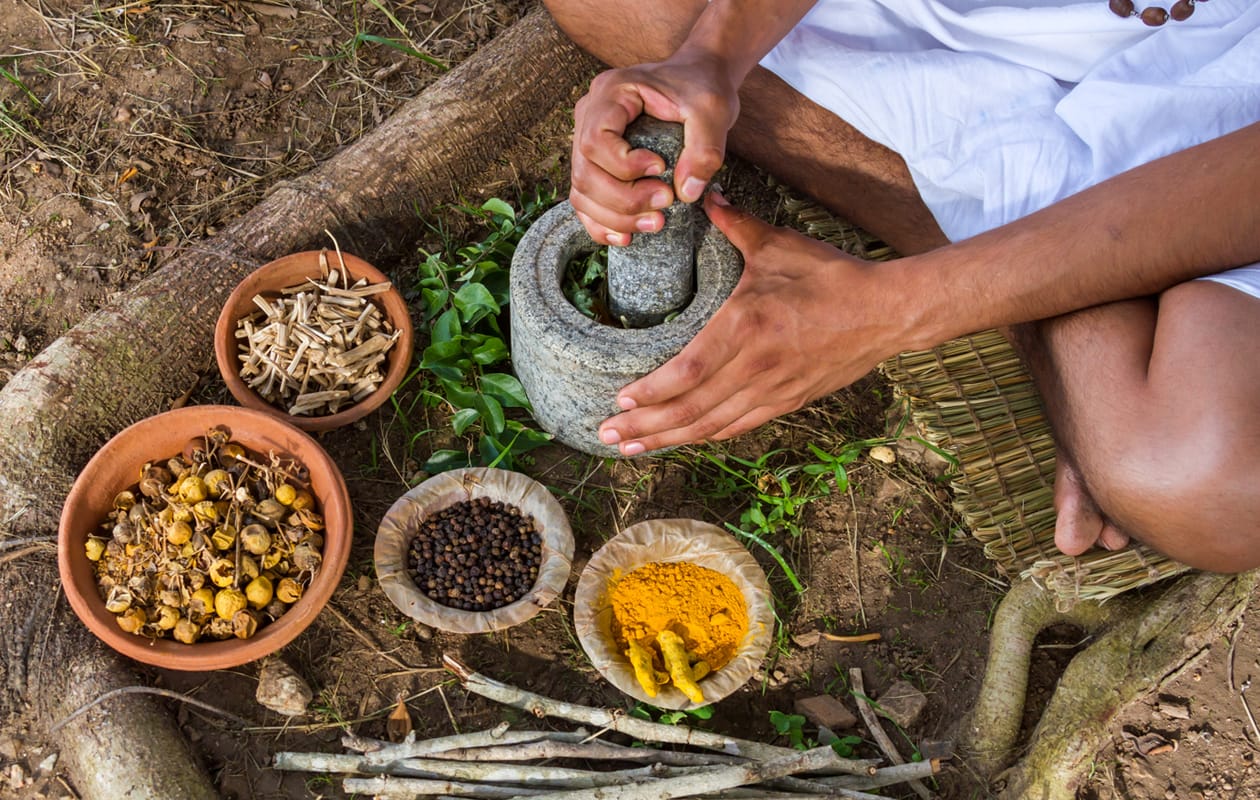
The Ayurvedic Formulation Making class is a practical detailing and demonstration of how to make different formats of the most popular traditional Vedic formulations. Ayurvedic herbal recipes were designed to balance healing properties of ingredients and mitigate side effects. In this comprehensive workshop, students discover the role of herbs in healing, their classification and nomenclature and understand principles and methodology of combing them, procuring, storing and protecting herbal ingredients and preparation of different types of formulations. This enables Ayurvedic professionals to prepare and customize healing oils and decoctions at home and manage modes and dosages of administration.

The Vedic Formulations series deals with the practical aspects of how to use classical formulations in clinical practice. The herbs and formulations recommended in the right context, form and dosage with right adjuvants can achieve impressive results in various disease processes. The most commonly used and effective formulations as detailed in classical texts are covered, which include Ashtanga Hridayam, Sahasrayogam and Bhava Prakasha which are required books for the AD program.
Practical comparison: one formulation studied two ways
Indukantham Ghritam is a Vedic formulation in Sahasrayogam which is very popular in enhancing overall Ojas or Immunity and reducing Vata aggravation. It is a Ghritam comprising 18 herbs; Dashamoola, Putika, Devadaru, Saindhava and Panchakola. Indukantham Ghritam can help in various disease pathologies; it enhances Agni, burns Ama, clears channels, balances Vata, helps with digestion, assimilation and nourishment and prevents degeneration and immune loss.
You would learn how to prepare the formulation through the Ayurvedic Formulation Making class under the context of studying the format of Ghrita preparations. In the Vedic Formulations class, you would chant the Shloka (Verse) listing ingredients, processing, use in the disease process, dosages and any precautions to be taken.
Number of formulations studied
The Ayurvedic Formulation Making class studies the 14 types of primary and secondary formulations from Churnas (powders), decoctions, cold infusions, hot infusions, Ayurvedic oils and herb infused ghee to Lehyas (jams), Arishtas (fermented preparations), ointments, tablets and one or more of each format is made. As many as 25 or more formulations can be made in the three day workshop that could include preparations like Ginger juice, Neem paste, Dashamoolakatutrayam Kashayam, Pinda Thailam, Bala Thailam, Indukantham Ghritam, Lahsun Ksheer Paka, Kushmandaka Rasayana and Draksharishtam.
In the Vedic Formulation series, every class details about five formulations and over 60 formulations are studied in depth over the six months. For example, under the category of formulations for neurological health, formulations like Bala Thailam and Ksheerbala 101 Avarthi are studied in detail exploring specific imbalances and state of Samprapti (disease process) where each Vedic formulation is most effective.
In spite of the vast number of formulations covered in this training, there are still many more due to the thousands documented in the Vedas. The formulations chosen in this course’s syllabus were selected for two primary reasons: their popularity and common usage in a professional’s practice, partially due to their ability to address multiple conditions; also, their availability for purchase in the United States.
Level & scope of practice
Both programs are highly valuable for continued education of Ayurveda students, graduates and professionals at any level – we offer them both for a reason!
The Ayurvedic Formulation Making class forms a foundation for Ayurvedic practice and is emphasized for level I students and graduates though it is great for any level, Counselor, Practitioner or AyurvedicDoctor.
The Vedic Formulation series with clinical usage of formulations is a level II+ scope of practice, though level I students are welcome to attend (so long as they meet the prerequisite – see below), as they can commence their learning.
Prerequisites
All Ayurveda students and professionals are welcome. An existing knowledge of fundamental concepts of Doshas, Subdoshas, Dhatus, Malas and Agnis (equivalent to modules 101 and 102) is required and available for purchase in the Prerequisite Bundles.
Ongoing study
The Ayurvedic Formulation Making class is repeated annually with similar content, so students, graduates and professionals can benefit from it during their professional certification training, or afterwards for continuing education. Graduates can attend the class again at a discounted rate.
The Vedic Formulations series repeats twice per year and students may pop in and out of each session; it’s not required to attend previous sessions before joining the next. It was designed to provide an ongoing learning opportunity which students can continue, session after session, to build a comprehensive knowledge base of many formulations. Part 1 has just concluded and its recordings are available for purchase. Part 2 registration is now open (and again: Part 1 is not a prerequisite to enroll). The series will continue with accruing knowledge of 60+ new formulations each time, which are comprehensive and successfully used in Ayurvedic practice.
Final thought
An Ayurvedic professional needs to take 3 steps with each client: assess the Prakriti (constitution), the Vikriti (imbalance), and select which formulation best addresses their condition. For this reason, the Vedic texts have clear guidelines about how to process, suggest and dose herbs and formulations that address every possible pathway of diseases to give sustainable outcomes. Studying different formats and options available helps in forming a decision tree to narrow down and create individualized protocols. Clarity in knowledge of formulations is the cornerstone in obtaining successful outcomes with Rogis (clients), in disease management and in being grounded and successful in your practice as a healer.
